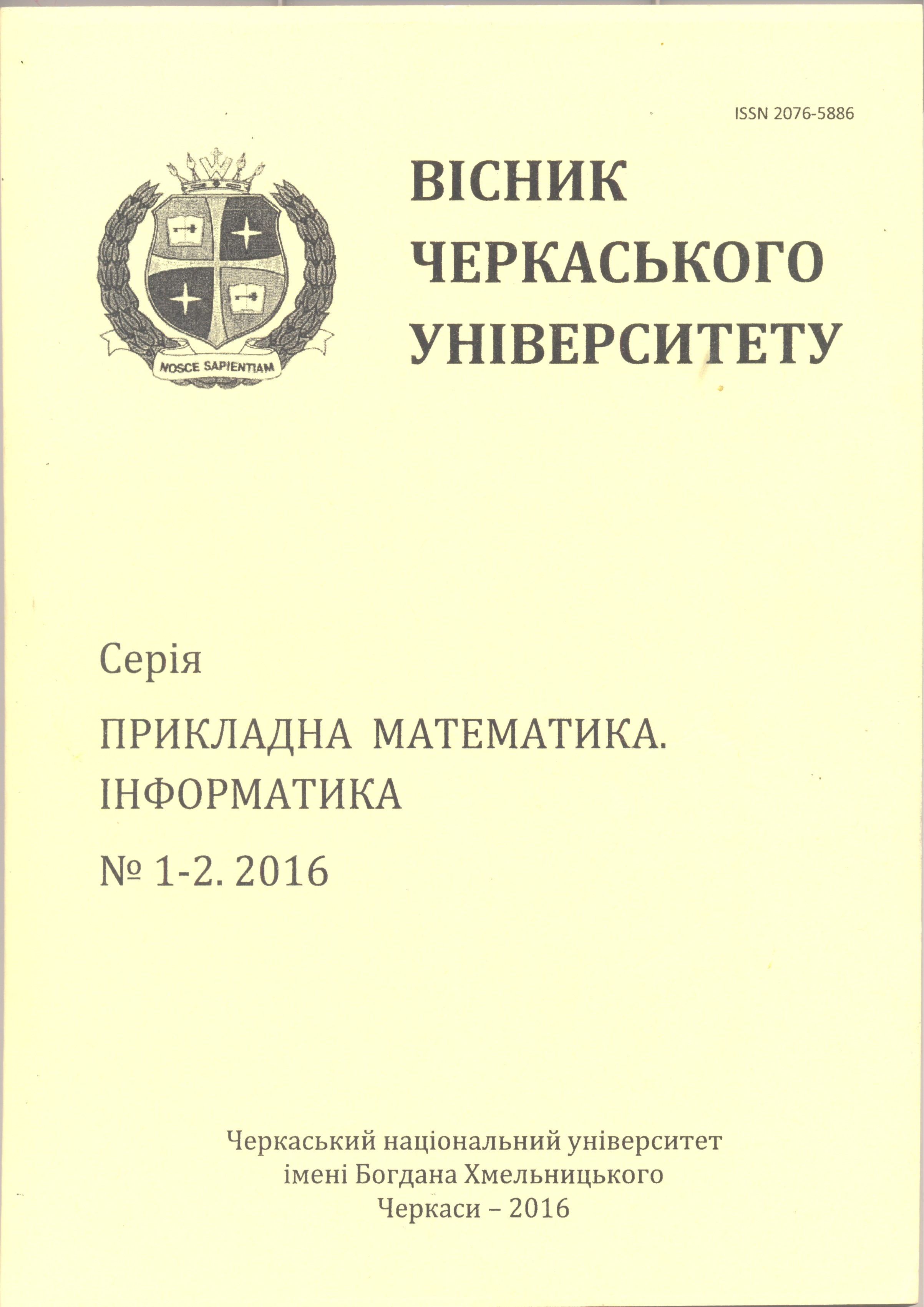SOME SYSTEMATIC MISTAKES IN NEAR-WALL TURBULENCE MODELING AND POSSIBLE WAY TO OVERCOME THEM
Main Article Content
Abstract
All near-wall models of turbulence do not reproduce the cascade energy transfer. In the author opinion, models poorly take into account the structure of near-wall turbulence. Therefore these models can not reproduce correctly all processes in turbulent boundary layer. Traditional correction terms can not be regarded as physically reasonable solution of the problem. As a result there are many turbulent flows that can not be simulated. This paper presents a possible explanation of difficulties encountered in the development of turbulence models for the calculation of the boundary layer. A technique to overcome these difficulties is presented.
Article Details
References
Brown, G.L. and Thomas, S.W. (1977) Large structure in a turbulent boundary layer. Phys. Fluids. V. 20, № 10, 243-252.
Falco R.E. (1977) Coherent motions in the outer region of turbulent boundary layers. Phys. Fluids. V. 20, № 10, 124-132.
Nakagawa H., Nezu I. and Matsumoto N. (1980) Structure of space-time correlations of bursting phenomena in an open-channel flow. Mem. Fac. Eng. Kyoto Univ. V. 42, № 1. 85-124.
Blackwelder R.F., and Eckelmann H. (1979) Streamwise vortices associated with the bursting phenomenon. J. Fluid. Mech. V. 94, 577-594.
Eckelmann H. and Nychas S.G. (1977) Vorticity and turbulence production in pattern recognized turbulent flow structures. Phys. Fluids. V. 20, № 10. 225-231.
Roshko A. (1976) Structure of turbulent shear flows: a new look. AIAA. J. V. 14, № 10, 1349-1357.
Kreplin H.-P. and Eckelmann H. (1979) Propagation of perturbations in the viscous sublayer and adjacent wall region. J. Fluid. Mech. V. 95. Pt. 2.
Rajagopalan S. and Antonia R.A. (1979) Some properties of the large structure in a fully developed turbulent duct flow. Phys. Fluids. V. 22, № 4, 614-622.
Blackwelder R.F.and Kaplan R.F. (1976) On the wall structure of the turbulent boundary layer . J. Fluid. Mech. V. 76., Pt. 1. 89-112.
Offen G.R and, Kline S.J. (1975) A proposed model of the bursting process in turbulent boundary layers // J. Fluid. Mech. V. 70, Pt. 2, 209-228.
Head M.R. and Bandyopadhyay P. (1981) New aspects of turbulent boundary-layer structure. J. Fluid. Mech. V. 107, 297-338.
Utami Т. and Ueno T. (1987) Experimental study on the coherent structure of turbulent open-channel flow using visualization and picture processing. J. Fluid. Mech. V. 174, 399-440.
Zhang Z. and Lilley G.M. (1982) A Theoretical Model of the Coherent Structure of the Turbulent Boundary Layer in Zero Pressure Gradient. In: Durst.F. et al.,Ed., Turbulent Shear Flows 3, Springer-Verlag, P.60-72.
Speziale C. and Bernard P. (1992) The energy decay in self-preserving isotropic turbulence revisited. J. Fluid Mech. V. 241, 6445-667.
Berselli L., Iliescu T.and Layton W. (2006) Mathematics of Large Eddy Simulation of Turbulent Flows. Springer-Verlag Berlin Heidelberg.
Chien K.-Y. (1982) Prediction of Channel and Boundary-Layer Flows with a Low-Reynolds- Number Turbulence Model. AIAA J., V.20, 34 38.
Launder B.E.,and Sharma B.I. (1974) Application of the Energy-Dissipation Model of Turbulence to the Calculation of Flow Near a Spinning Disc. Let. in Heat and Mass Transfer, V. 1, 131-138.
Nagano Y. and Tagawa M. (1990) An improved (k-ε) Model for Boundary Layer Flows. J. of Fluid Eng. V. 112, 33-39.
Samuel, A.E. and Joubert, P.N. (1974) A Boundary layer Developing in an Increasingly Adverse Pressure Gradient. J.Fluid Mech. V. 66, №3, 481-506.

